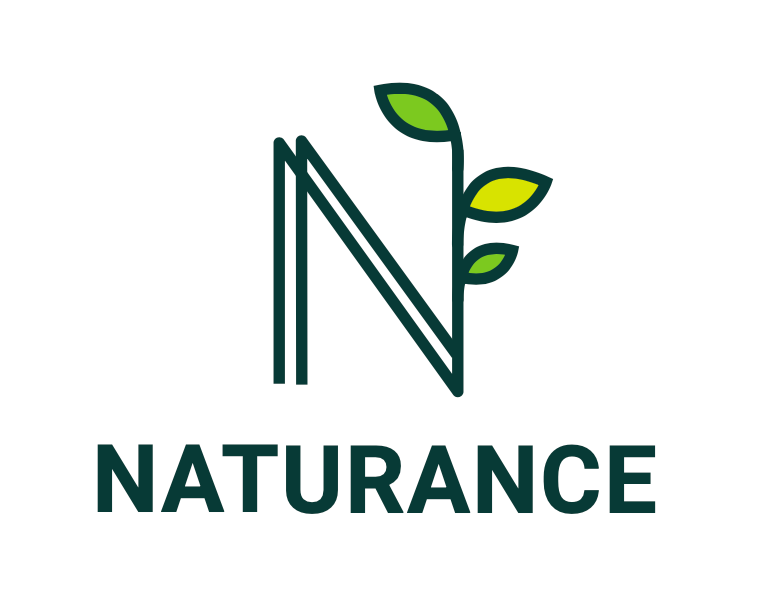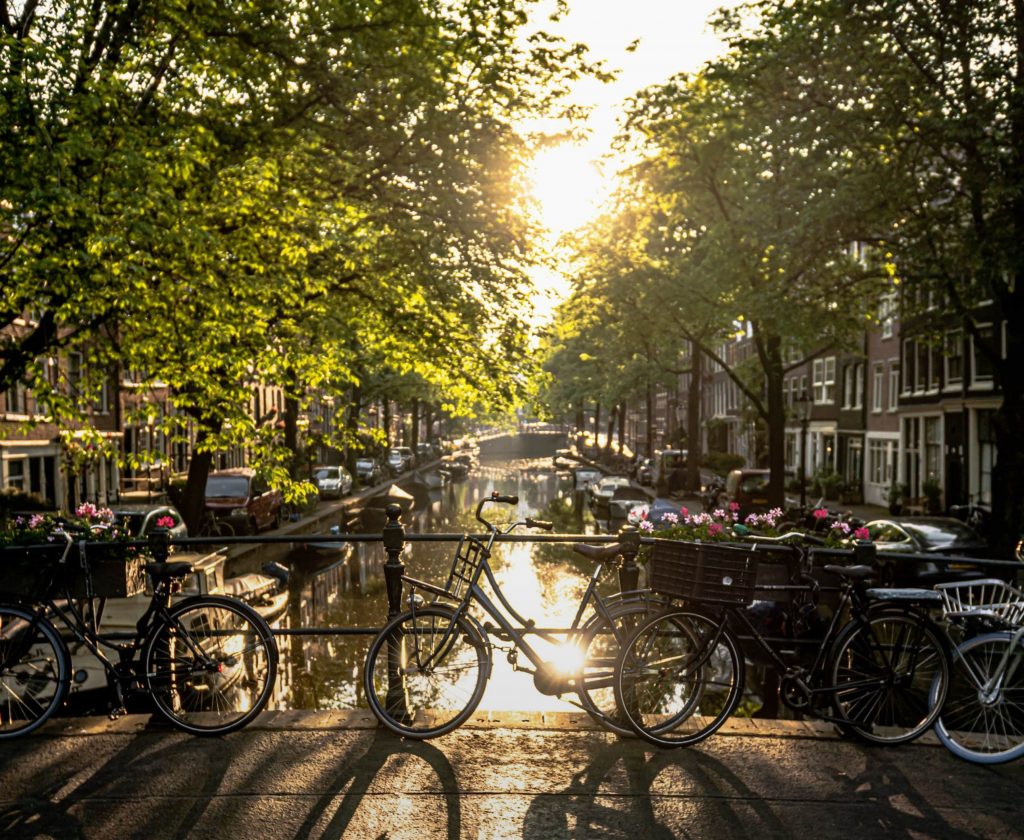Nature is increasingly viewed as a solution for multiple problems in urban areas, such as health issues and heat stress. Despite this, few studies have quantified the positive impact of nature on human well-being.
A new study published in Resource and Energy Economics, that is co-authored by NATURANCE researchers Guillermo García Alvarez and Wouter Botzen, dives into the topic by exploring their relationship with life satisfaction showing how various indicators of urban nature are consistently related with higher levels of happiness of households living near the nature sites.
These relationships estimated with survey data imply substantial economic values of urban nature. On average, individuals are willing to pay 11 euros per hectare per month for urban green areas (parks, community gardens, etc.) and 19 euros for urban blue areas (canals, lakes, etc.) within a 1km radius of their postcode.
The study – to which the NATURANCE project has contributed – estimated how nature-based solutions benefit citizens using various indicators of nature availability, derived from both GIS maps and household surveys. By comparing the results from the two data sources, the influence of methodological choices on valuation outcomes was assessed.
The survey utilized in this study consisted of about 2,000 respondents from six cities in the Netherlands (Amsterdam, den Hague, Groningen, Utrecht, Eindhoven, and Rotterdam). Additionally, the survey contained information about the socioeconomic conditions of the respondents such as income, age, education level, etc.
These variables were included as covariates for the regressions to test their impact on happiness. Happiness is a challenging concept to measure in social sciences. In this study, we ask the respondents to report their current life satisfaction, in a scale from 1 to 10, where 10 is the maximum level of satisfaction.
The results show that different indicators of the availability of nature consistently reveal positive relationships with reported happiness, including the survey indicators of the abundance of nature in the vicinity, daily use of nature, and availability of nature within 10-minute distance, as well as indicators from GIS maps of available green and blue nature.
The MWTP has been derived using the marginal effects on life satisfaction of nature availability and income from probit regressions. By analyzing the relationship between income and nature with life satisfaction, we can derive the relationship between income and nature. If we know how much income and nature availability impact happiness, we can therefore imply the relationship between income and nature.
Survey data indicated higher MWTP for urban nature compared to GIS data. The higher MWTP values of the frequent use of nature compared with the availability of nature measured with both the survey and GIS indicators show that, especially, the usage of nature is positively related with happiness.
The study demonstrates that there are high economic benefits of urban nature and highlights its potential to enhance well-being, offering valuable insights for policymakers. For example, the MWTP values could serve as input in cost-benefit analyses to assess the economic desirability of green projects.
The study is innovative in its approach to valuing urban nature by drawing connections between green and blue nature and life satisfaction of residents in the Netherlands’ six largest cities. By using both GIS data and survey questions, the research provides a comprehensive view of how different indicators of nature availability consistently influence life satisfaction.
Furthermore, this research suggests that nature is highly valued by citizens as the results consistently show that nature availability is associated with higher levels happiness. Additionally, results show that frequent use of nature also is associated with higher life satisfaction.
This could encourage policymakers to develop additional nature-based solutions since they can significantly increase the well-being of local communities while also providing other services such as reducing flood risk or improving the local air quality.

